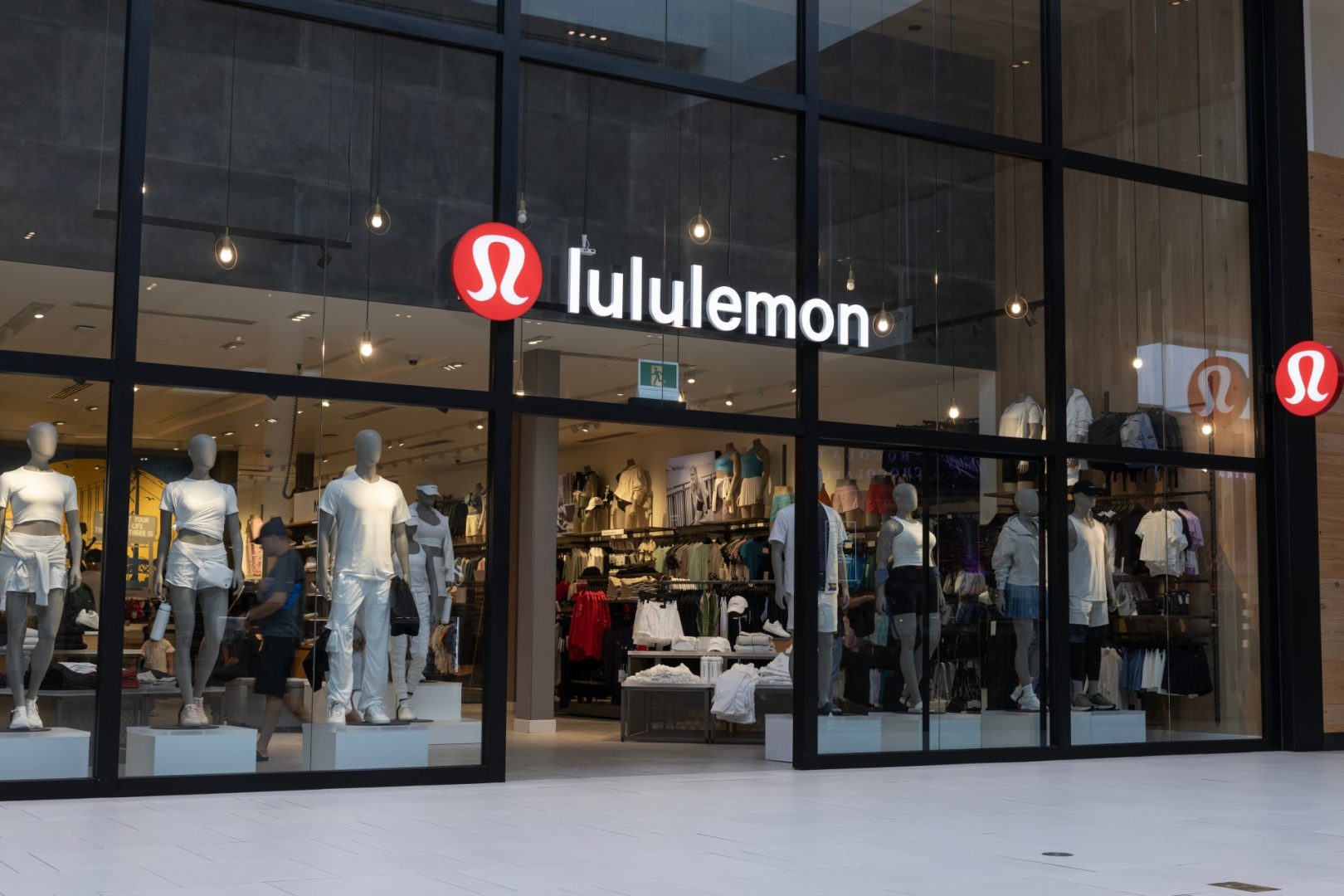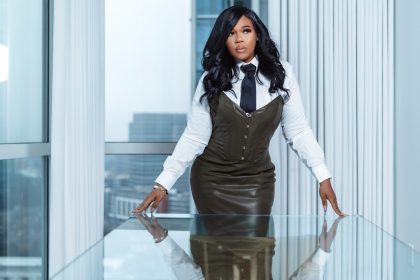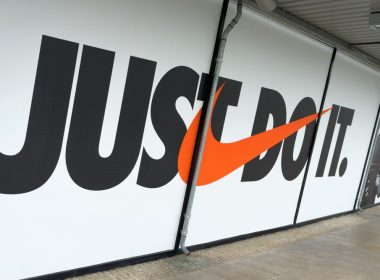The retail world erupted in controversy as premium athletic wear brand Lululemon launched a devastating legal attack against warehouse giant Costco, accusing the retailer of systematically copying its most popular designs and selling them as cheaper alternatives to unsuspecting consumers.
The bombshell lawsuit, filed in federal court on June 27, represents one of the most significant intellectual property battles in recent retail history. The case has sent shockwaves through both the fashion and retail industries, highlighting the growing tension between premium brands and value retailers in an increasingly competitive marketplace.
This legal confrontation goes far beyond simple business competition, striking at the heart of design integrity and consumer protection in an era where social media has amplified the popularity of designer dupes and knockoff culture across all price points.
The devastating allegations against Costco revealed
Lululemon’s legal team has assembled what they describe as overwhelming evidence that Costco deliberately copied the athletic wear company’s proprietary designs rather than developing original alternatives. The lawsuit specifically targets Costco’s Kirkland Signature brand, alleging a systematic strategy of replication over innovation.
The court documents paint a picture of calculated copying, with Lululemon arguing that Costco made conscious business decisions to replicate distinctive design elements, construction methods, and styling choices that took years to develop and perfect. This alleged strategy allowed Costco to offer similar-looking products at dramatically lower prices.
The lawsuit goes beyond general similarity claims, providing detailed comparisons of specific products that Lululemon says demonstrate clear copying. These comparisons include construction details, fabric choices, and design elements that the company argues are distinctive to their brand identity.
Legal experts suggest that the specificity of these allegations indicates Lululemon has conducted extensive research and documentation to support their claims, potentially making this one of the most detailed design copying cases in recent retail history.
Popular Lululemon products allegedly copied by Costco
- Scuba hoodies and sweatshirts represent Lululemon’s most iconic designs that allegedly appear in Costco’s Kirkland line. These popular items have become status symbols in athletic wear, with their distinctive styling and premium materials commanding high prices and customer loyalty.
- Define jackets showcase Lululemon’s technical expertise in creating flattering, functional outerwear that the lawsuit claims Costco has replicated. These jackets represent significant investment in design and engineering that Lululemon argues deserves protection from unauthorized copying.
- ABC pants demonstrate Lululemon’s innovation in men’s athletic wear, with the lawsuit alleging that Costco has copied both styling and functional elements. The technical aspects of these pants, including fit and performance features, took considerable development time and resources.
The lawsuit provides detailed visual evidence including screenshots and product specifications that allegedly demonstrate the similarities between original Lululemon designs and Costco’s Kirkland alternatives. These comparisons form the foundation of the intellectual property infringement claims.
Media coverage fuels the knockoff controversy
Major news outlets have inadvertently become part of Lululemon’s legal case through their coverage of Costco’s alleged dupes. The Washington Post published an article titled “Is That Hoodie a Lululemon or a Costco Dupe? No One Has to Know But You,” which Lululemon cites as evidence of consumer confusion.
The New York Times contributed to the documentation with their investigation “Are These $20 Costco Pants a Lululemon Dupe? We Investigated,” further highlighting the widespread recognition of similarities between the products from both retailers.
These media investigations not only brought attention to the alleged copying but also provided Lululemon with third-party validation of the similarities that form the basis of their legal claims. The coverage demonstrates how mainstream the dupe culture has become.
The lawsuit argues that this media attention proves that the similarities are obvious enough for journalists and consumers to notice, supporting claims that Costco deliberately copied recognizable designs rather than creating original alternatives.
Social media amplifies the dupe phenomenon
Social media platforms, particularly TikTok, have become powerful forces in promoting knockoff culture through hashtags like #LululemonDupes. The lawsuit specifically mentions how these platforms have helped spread awareness of Costco’s alleged copies, potentially increasing consumer confusion.
The viral nature of dupe content on social media has created communities of consumers actively seeking lower-priced alternatives to premium brands. This phenomenon has made alleged copying more visible and potentially more profitable for retailers.
Lululemon argues that social media promotion of dupes not only increases sales of alleged knockoffs but also damages their brand reputation by suggesting that expensive originals are unnecessary when cheaper alternatives exist.
The lawsuit suggests that Costco may have benefited from organic social media promotion that they didn’t have to pay for, essentially receiving free marketing for their alleged copies through consumer-generated content.
The legal strategy behind Lululemon’s lawsuit
Lululemon’s legal team has requested a jury trial, suggesting confidence that ordinary consumers will recognize the alleged copying when presented with side-by-side comparisons. This strategy indicates belief that the similarities are obvious enough for non-experts to identify.
The request for unspecified monetary damages leaves room for potentially substantial financial claims based on lost sales, brand dilution, and development costs that Costco allegedly copied without authorization. The open-ended nature suggests significant financial stakes.
The demand that Costco stop selling contested products represents an attempt to halt alleged copying immediately rather than simply seeking compensation after the fact. This injunctive relief could force Costco to remove products from stores nationwide.
The comprehensive nature of the lawsuit, including detailed product comparisons and media citations, suggests extensive preparation and documentation that could make this case a landmark in design protection law.
Consumer confusion at the heart of the dispute
Lululemon argues that Costco’s alleged copying creates confusion at the point of sale, where consumers might mistake Kirkland products for authentic Lululemon items or assume they’re purchasing equivalent quality at lower prices. This confusion potentially harms both brands and consumers.
The pricing strategy that allows Costco to offer similar-looking products at fraction of Lululemon’s prices allegedly relies on copying development costs that Costco didn’t incur. This creates unfair competitive advantages according to the lawsuit.
The lawsuit suggests that some consumers might unknowingly purchase Costco products thinking they’re getting Lululemon quality, while others might deliberately choose cheaper alternatives believing they’re getting equivalent products.
Consumer protection becomes a central issue when alleged copying makes it difficult for shoppers to distinguish between original designs and copies, potentially affecting purchasing decisions and satisfaction levels.
Industry implications of the legal battle
This lawsuit could establish important precedents for design protection in athletic wear and fashion industries, where copying has traditionally been difficult to prosecute successfully. The outcome may influence how companies approach both innovation and competition.
Other premium brands are watching closely to see whether successful legal action against alleged copying might provide templates for protecting their own designs from unauthorized replication by value retailers.
The case highlights growing tensions between premium positioning strategies that rely on design differentiation and value retail approaches that offer similar aesthetics at lower prices through various means including alleged copying.
Intellectual property law in fashion faces unique challenges because functional clothing elements often can’t be protected, making cases like this crucial for establishing boundaries around what constitutes protectable design elements.
Financial stakes and market impact
The athletic wear market represents billions in annual sales, with premium brands like Lululemon commanding significant market share through brand loyalty and perceived quality differences. Alleged copying threatens these market positions and associated revenue streams.
Costco’s business model relies on offering quality products at lower prices, but the lawsuit questions whether alleged design copying represents legitimate competition or unfair appropriation of competitors’ development investments.
The case could affect both companies’ stock performance depending on legal outcomes, with investors monitoring potential impacts on brand value, competitive positioning, and future business strategies.
Market dynamics in athletic wear could shift if legal precedents make copying more difficult or expensive, potentially affecting product development strategies across the industry.
The broader cultural context of dupe phenomenon
The rise of dupe culture reflects consumer desires for designer aesthetics at accessible prices, creating market opportunities that retailers like Costco allegedly exploit through copying rather than innovation. This cultural shift complicates traditional brand protection strategies.
Social media has democratized fashion criticism and comparison, making alleged copying more visible while also creating communities that celebrate finding cheaper alternatives to expensive brands.
The lawsuit occurs amid broader discussions about fashion sustainability, intellectual property rights, and the ethics of fast fashion and copying culture that extends beyond individual company disputes.
Consumer attitudes toward authenticity versus value continue evolving, with some prioritizing brand prestige while others focus primarily on function and affordability regardless of design origins.
Looking ahead to legal resolution
The timeline for resolving this lawsuit could extend over months or years, depending on discovery processes, expert testimony requirements, and potential appeals of initial decisions. Both companies face extended legal uncertainty.
Settlement negotiations often occur alongside formal proceedings in commercial disputes, though the public nature and potential precedent value of this case may influence both parties’ willingness to reach negotiated resolutions.
The outcome could reshape competitive dynamics in athletic wear markets while establishing new standards for design protection and acceptable competitive practices across retail industries.
Consumer awareness of design copying issues may increase through media coverage, potentially affecting purchasing behavior and brand loyalty in athletic wear and broader fashion categories going forward.








